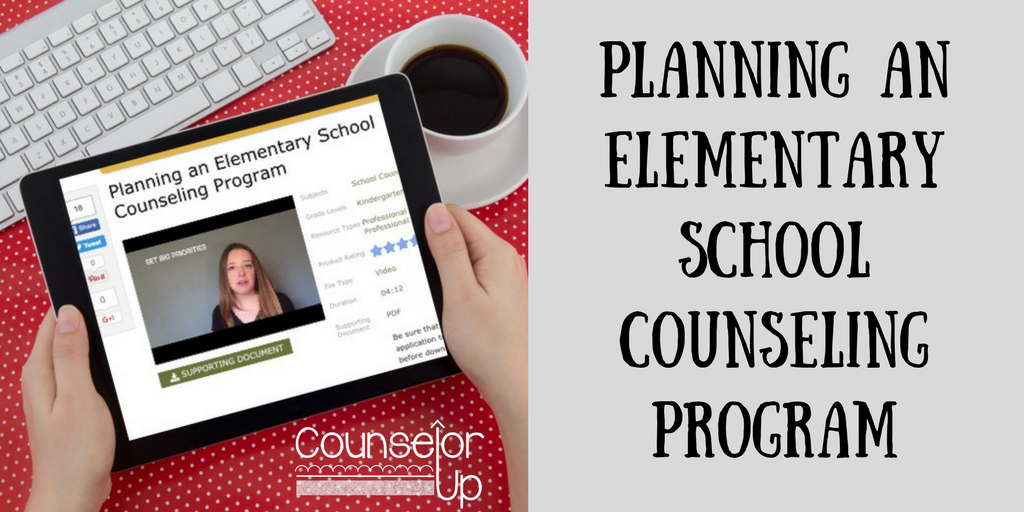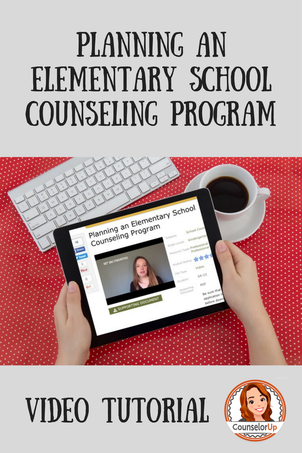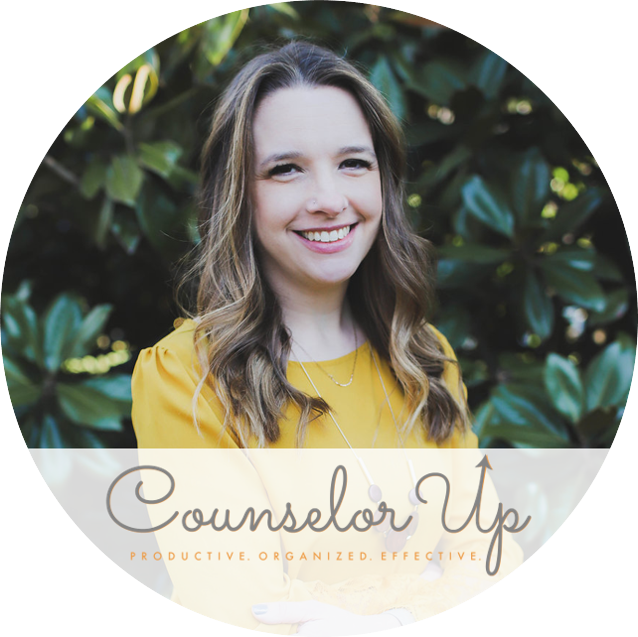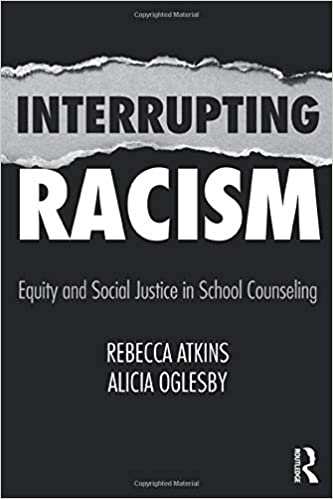We will learn how to
- Take control of your schedule by planning.
- Set big priorities using tiered instruction and intervention
- Determine what’s manageable in a week to think about the year
- Create a group plan
- Make a calendar to share with your staff
Sometimes it can be overwhelming to start a new program. Where do you begin? How do you determine what your weekly schedule will look like much less the whole year! If you find you are spending most of your time running from one thing to another without a plan set for the day, it’s time to take control of your schedule.
Think about your big priorities first. As with all productivity tips, you gotta think about what’s most important to you. Once you decide your big ideas, you’ll know what has to make it on your schedule. For me, I like to use the 3 tier intervention model as my framework. My big focus is on core, classroom lessons with all students.
Classroom lessons can be the trickiest to schedule anyway, so it’s a great place to start. To begin, think about how many lessons that you could teach per week and still manage the other responsibilities of your job. Let’s say that ten 30-minute lessons is reasonable for you. If you have 20 classrooms in your building, you could teach each class every other week. If you have 40 classrooms in your building, you could teach about once per month. Share this schedule with teachers and let them know the plan. Will you be on a set rotation, will they be signing up, or will you push-in during part of their day? I liked to create a color-coded calendar letting teachers know when I would be teaching their grade level.
The second tier in my 3 tier intervention model includes small group counseling. I need to know how many groups I can feasibly run in a year so I can prioritize the needs of my students. Just like we did with classroom lessons, think about how many groups you could run in a week. Once you really get groups going and have lesson plans you can rely on, it’s easy to run a lot of groups. To get started, one group per day is typically pretty manageable. Think about what your data say, what are the needs of your students, and how often will you meet. What kind of time commitment can you make to groups.
I like to start my group in waves: fall groups, winter groups, and spring groups. Having three sections of groups helps me to wrap my head around how many groups I will be able to run this year and keeps me focused on getting them started. All the groups start at the same time and then end when the group material is done. This allows me to be really systematic about starting. When I am scheduling my groups, the first thing I have to figure out is the when. That’s the hardest part of a group!
Unfortunately, for me, in the last few years, I have had to run my groups during lunch because I could not take students out of academic time. While engaging lessons can be challenging when the students are eating, it does make the scheduling easier! If I know I am going to pull third grade groups from 11:30-12:00 on Mondays, then I know I should not schedule any classroom lessons at that time.
Let’s recap:
First – Decide how many classes you’re going to teach
Second – make a plan for how many groups you’re going to run and when you would like them to start.
Now it’s time to really start working on that calendar. Check out the supplemental documents included with this video to see how I use a combination of a set schedule (for groups, classes, and meetings) and a flexible schedule (for consultations, individual sessions, and responsive services). Just because a counselor’s job naturally entails unexpected occurrences, doesn’t mean we can’t make a plan for productivity.
And that's it! How do you plan for your year?










